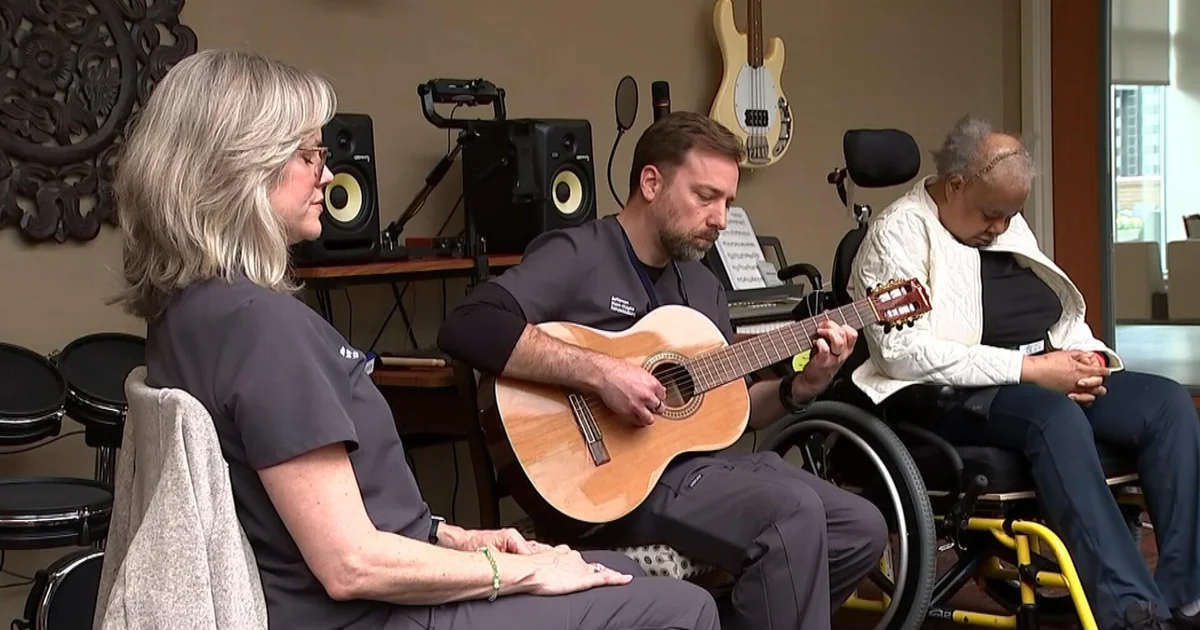A new ketamine nasal spray, known as Spravato (esketamine hydrochloride), will be subsidized under Australia’s Pharmaceutical Benefits Scheme (PBS) starting May 1. This move aims to make treatment more affordable for around 30,000 Australians suffering from treatment-resistant depression, a condition where patients have not improved after trying at least two different antidepressant medications.
With the PBS listing, the cost for a dose of Spravato will be $31.60, or $7.70 for concession card holders. This marks a significant reduction from previous prices that ranged between $500 and $900 per dose. However, patients must receive the treatment at a registered facility, such as a hospital, under medical supervision due to potential side effects and the need for monitoring blood pressure changes.
Spravato is distinct from traditional oral antidepressants. It combines two mirror-image forms of the ketamine molecule, focusing on the left-handed version, esketamine. This formulation works by increasing glutamate levels in the brain, a neurotransmitter that plays a role in enhancing mood and facilitating learning and memory.
Patients administer Spravato as a single-use nasal spray, which allows for rapid absorption through the nasal lining, leading to effects that can begin within minutes. Treatment typically starts with two doses per week for the first month, followed by weekly doses in the second month, continuing either weekly or biweekly thereafter. Patients must also be on a new oral antidepressant, one they have not previously tried.
Clinical trials involving over 1,600 participants demonstrated that a higher percentage of patients using Spravato experienced meaningful improvement in their depression symptoms compared to those receiving a placebo. Participants treated with Spravato also showed a lower relapse rate, and those who did relapse took longer to do so than those on placebo.
Despite its benefits, Spravato can cause side effects such as dissociation, dizziness, nausea, drowsiness, headaches, and changes in taste. Medical staff will monitor patients for blood pressure spikes, which usually occur about 40 minutes after administration. Spravato has a black triangle warning, which indicates that any adverse effects should be reported to the Therapeutic Goods Administration (TGA).
To qualify for Spravato, patients must have a formal diagnosis of treatment-resistant depression, confirmed by having unsuccessfully tried at least two other antidepressant medications. The Therapeutic Goods Administration approved Spravato for use in Australia in 2021; however, it was only recently subsidized after multiple applications by the manufacturer, Janssen-Cilag.
For those who have struggled with depression and have not found success with current medications, Spravato could represent a new treatment option. Patients interested in this therapy should consult their healthcare provider for further information and to determine eligibility.



